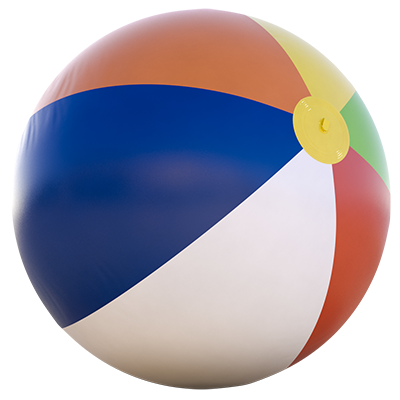- Summary
- Official Resources
- Gallery
- Videos
- Podcasts
The largest national park outside of Alaska, Death Valley is an almost unfathomable place. The park’s 3.3 million acres encompass mountain-size sand dunes, below-sea-level salt flats, mysterious singing rocks, and colorful sandstone canyons. Extremes are the norm: Death Valley is the hottest and driest place in America, with summer temperatures peaking above 120 degrees, and average rainfall a mere two inches per year.
Also extreme are the park’s elevations: Badwater Basin rests at 282 feet below sea level while Telescope Peak soars to 11,049 feet. So go high, or go very, very low; get hot, or chill out with amazing desert vistas. Death Valley delivers on every end of the scale.
Even though Death Valley’s summer temps are uninviting, from late fall into spring its climate is just about perfect. These are the months to explore the park’s remarkably diverse desert landscapes: enormous sand dunes, rugged badlands, expansive salt flats, and serpentine canyons. You can walk along the rim of Ubehebe Crater, site of a volcanic eruption 2,100 years ago, while a boardwalk trail follows Salt Creek, where pupfish, a tiny native fish, survive from a time when a gigantic lake filled Death Valley.
Stop in to the Furnace Creek Visitor Center for current weather, road, and trail information, then get out and explore this majestic expanse. Driving distances are vast, so give yourself ample time to get from one destination to the next. Hike through the vibrant beauty of Golden Canyon, its sandstone walls colored every imaginable shade of gold from orange to apricot to school-bus yellow. Drive to Zabriskie Point at sunset to photograph the folded and eroded badlands glowing in the saturated light. See an original 20-mule team wagon and the adobe ruins of the 1880s Harmony Borax Works. Touch the polished marble walls of Mosaic Canyon, one of the scenic highlights with its colorful slick rock and marbled narrows that are navigable for all ages.
To nab fantastic photos, get up early in the morning and walk among the 90-foot-high Mesquite Flat Dunes. There’s no marked trail because of the continually shifting desert sands, so you must improvise: Make a beeline from the parking lot to the silky, rippled ridgeline. You’ll see tracks made by creatures during the night, the tiny footprints of birds and rodents. How far you wander is completely up to you—bring water and snacks so you can make the most of the morning’s soft pink light and long shadows.
Despite Death Valley’s intimidating name, you don’t have to rough it. The Oasis at Death Valley resort is home to two hotels: the luxurious and historic Inn at Death Valley, a rambling Mission-style structure that dates to 1927, and the family friendly Ranch at Death Valley, where the Last Kind Words Saloon brings alive the spirit of the Old West. And despite its challenging layout, you’re guaranteed to play the lowest round of your life at the resort’s Furnace Creek Golf Course at Death Valley. It sits 214 feet below sea level—the world’s lowest elevation golf course.
Insider tip: Visitors traveling to Death Valley by electric vehicle no longer need to worry about getting stranded in this particularly inhospitable environment—six free EV charging stations have been installed at The Oasis at Death Valley.
Featured Death Valley National Park
Find More Things To Do
Videos

Subscribe to our Newsletter
Sign up and get weekly travel inspiration and ideas
Thank you for signing up
Get ready to Dream Big!

